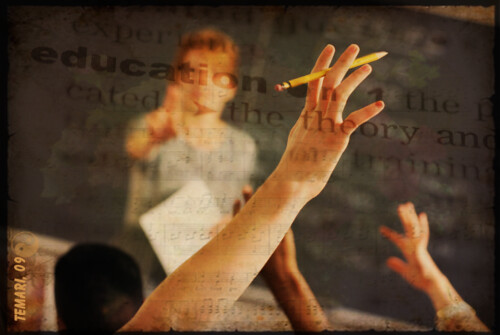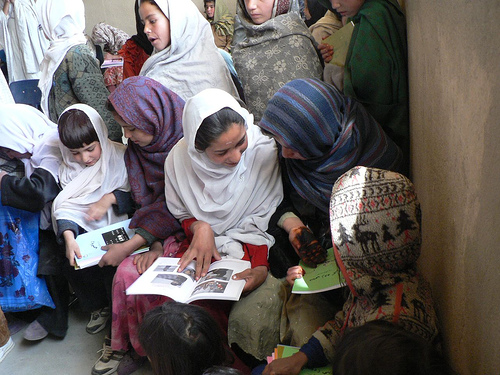Creating a Classroom that Promotes Student Growth
The strategies go by several names – Collaborative Problem Solving, Positive Discipline, Responsive Classroom Management – but have similar outcomes. One of the most significant beliefs put forth in these models are that children are people with unique emotions and the right for those emotions to be respected and handled well in class. In return for this respect, students will be capable of performing well in their classes, both socially and academically.
If you haven’t heard of these strategies before, now is the time. Though no single strategy will have all of the answers, in combination these strategies have the potential to improve your classroom management as well as your relationship with your students. Click on the toggles below to learn more.
The Responsive Classroom
Mainly targeted towards elementary classrooms, the Responsive Classroom model was developed in the early 1980s and involved the shift towards a social curriculum. “When children learn social skills, they tend to do better academically, and schools are happier places,” says Pamela Porter, a director at the Northeast Foundation for Children, a non-profit focused on promoting the Responsive Classroom philosophy.
One common activity in a Responsive Classroom is the morning meeting. The idea is simple – each morning, students start their day by sharing information about themselves, both factual and emotional. Another important aspect of a Responsive Classroom is rule creation by the students. This gives them a sense of control over their environment instead of having the teacher hand down orders. My favorite aspect of the Responsive Classroom is the idea of logical consequences. While this might seem straightforward, many of us as teachers don’t necessarily create rules and consequences that make sense to a child. These consequences must be consistent, but most importantly, the disciplinary action should allow the child to maintain his or her dignity and give him or her the room and necessary tools to learn from their mistake. A Responsive Classroom should also include Collaborative Problem Solving, which I will touch on next.
Collaborative Problem Solving
Collaborative Problem Solving (CPS) was created by Dr. Ross Greene and is used to deal with “problem children” in the classroom. These children are often described as oppositional and defiant and are some of the hardest for teachers to effectively deal with in a classroom setting. The philosophy of CPS is simple – kids do well if they can. Ross Greene believes that doing well is always preferred to doing poorly and that when a child does poorly, there is a reason. The reason could be that the child isn’t as emotionally developed as he or she should be or that there are issues at home that make it difficult to do well in school. As teachers, it is our responsibility to help these children do their best.
Our perception of children alters how we behave towards them – if we think a child is trying to be manipulative, we tend to treat them as being manipulative. However, if that is not what is happening with the child emotionally, punishing them for being manipulative is useless.
Ross Greene believes that we can help these children by having patience and listening to their side of the story. For a child who has never been asked their opinion, this won’t come about easily, but with time, a teacher can learn what the child needs and work to help that child. There is a wealth of information on the Lives in the Balance website, including videos of CPS in action and the helpful Bill of Rights of Behaviorally Challenging Kids.
Positive Discipline
Positive Discipline is similar in many ways to CPS and the Responsive Classroom. Positive Discipline teaches that many behavioral issues stem from a child’s lack of social skills or a lack of connection to community. One of the important guiding principles in Positive Discipline is to look for the reasons that kids do what they do and then strive to change that belief instead of attempting to change or punish a child for a behavior that we don’t understand. Like in the Responsive Classroom model, Positive Discipline encourages finding solutions that allow children to learn and grow from their mistakes instead of punishing those mistakes and making a child ashamed. One other important aspect of Positive Discipline is encouraging teachers to stop giving blind praise to students with phrases like “Great job!” Instead, teachers should attempt to give specific praise that recognizes each child’s unique strengths and areas of improvement. This will empower students for a life of learning.
With these tools and philosophies in your hand, you should be able to deal with all of your students in a way that is mutually respectful and rewarding. This, in turn, will hopefully boost student self-esteem and classroom performance.
Creative Commons Love: Temari 09 and laihiu on Flickr.com
Written by Jessica Wheeler












